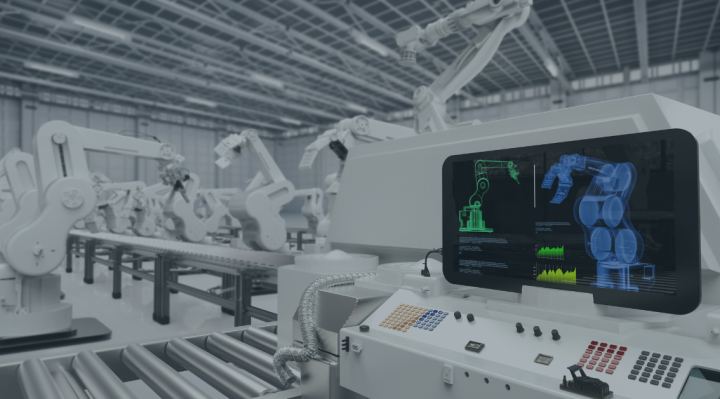What is the reflow process and what are its biggest challenges?
The reflow process is a crucial stage in PCB assembly where solder paste, previously applied to pads, is heated to its melting point, causing the components to be permanently soldered to the PCB. The main challenge of this process is ensuring uniform heat distribution across the entire PCB surface. Uneven heat distribution can lead to defects such as cold solder joints, overheated components, or thermal damage.
Convection reflow is a soldering process in PCB assembly that uses the circulation of hot air or gas to heat the entire assembly. The process consists of several stages: preheating to avoid thermal shock, maintaining a constant temperature in the soak zone for even heating, reaching the melting point of the solder paste in the peak zone, and gradual cooling to harden the solder joints. These stages are managed within an SMT reflow oven, which is critical for achieving the desired reflow temperature profile.
Advantages:
1. Cost: It is one of the most economical reflow processes, making it attractive for many manufacturers.
2. Well-known process: Convection reflow is a well-known and widely used process, ensuring easy access to knowledge and experience.
3. Available equipment: Equipment for convection reflow, including the SMT reflow oven, is widely available and well-developed.
4. Linear production: Ideal for linear and serial production, allowing for high efficiency.
Disadvantages:
1. Heat uniformity: In some cases, achieving even heat distribution within the reflow oven, which can lead to soldering defects is difficult.
2. Overheating risk: There is a risk of overheating both the PCB and components, which can lead to damage.
3. Difficulty in calibration: Setting the appropriate process parameters, such as the reflow temperature profile, can be more challenging, especially for complex PCBs.
Vapour Phase Reflow (VPR) also known as vapour phase soldering, is a process where the PCB is heated by vapour from a high boiling point liquid. The process includes preparing the PCB with applied solder paste in a soldering chamber, filling the chamber with vapour, ensuring even heating, soldering when the paste reaches its melting point, and cooling, during which the solder joints harden. An SMT reflow oven specifically designed for vapour phase reflow is used to ensure the precise reflow temperature profile required for high-quality results.
Advantages:
1. Heat distribution: This process provides excellent uniform heat distribution within the SMT reflow oven, minimizing the risk of defects.
2. No overheating: Vapor phase reflow eliminates the risk of overheating components, which is crucial for sensitive parts.
3. No oxides: The absence of oxygen in the process prevents oxidation of the solder, leading to better-quality joints.
4. Ease of soldering complex products: It allows for soldering complex and densely populated PCBs with high precision.
Disadvantages:
1. Cost: Vapor phase reflow (VPR) is significantly more expensive compared to convection reflow, both in terms of initial equipment investment and operational costs, including the SMT reflow oven and high-quality vapour medium.
2. Batch production: This process is more suitable for batch production than linear production, which may limit efficiency.
3. Lower efficiency: Overall production efficiency is lower, which can be a limitation for large production runs.
4. Less popular: Vapor phase reflow is not as common, which can make finding specialists and appropriate equipment more challenging.
Conclusions
The decision to choose between convection and vapour phase reflow depends on many factors, including production volume and costs. Convection reflow, being a cheaper and more common process, works excellently for large production runs. On the other hand, vapour phase reflow, though more expensive and less efficient, offers unmatched precision and quality, making it ideal for complex and sensitive PCBs. The final choice of technology should be well thought out, taking into account the specific requirements and limitations of the project, ensuring the reflow temperature profile is optimized within the chosen SMT reflow oven.






